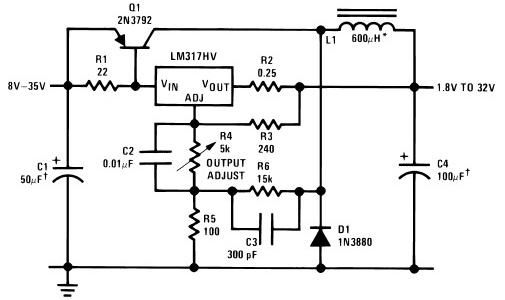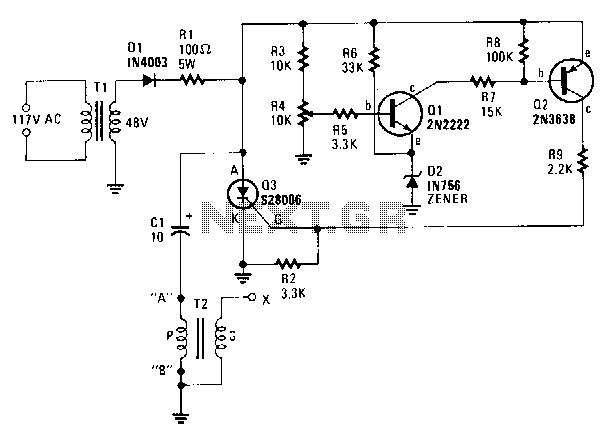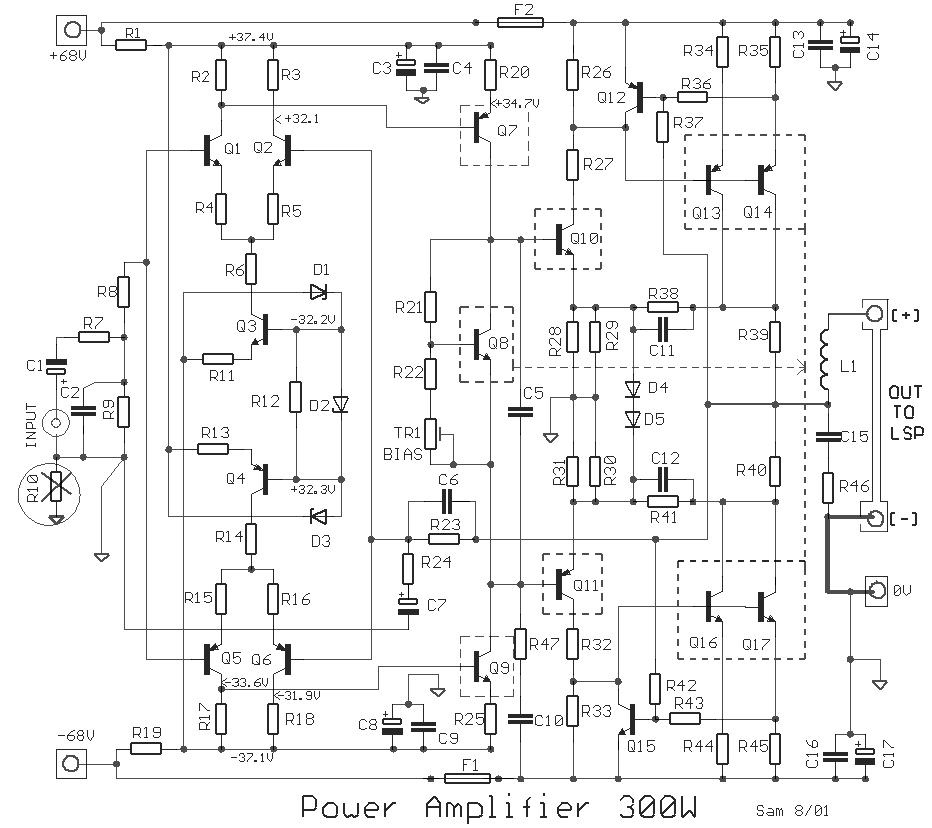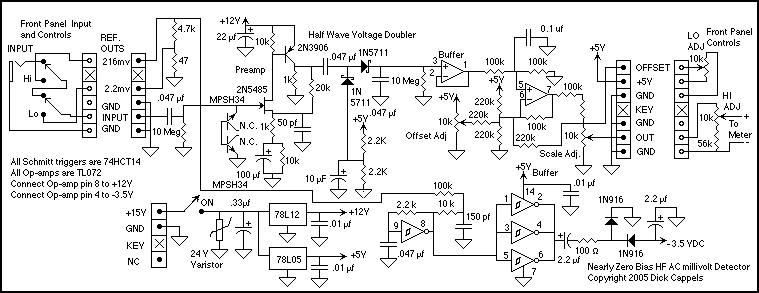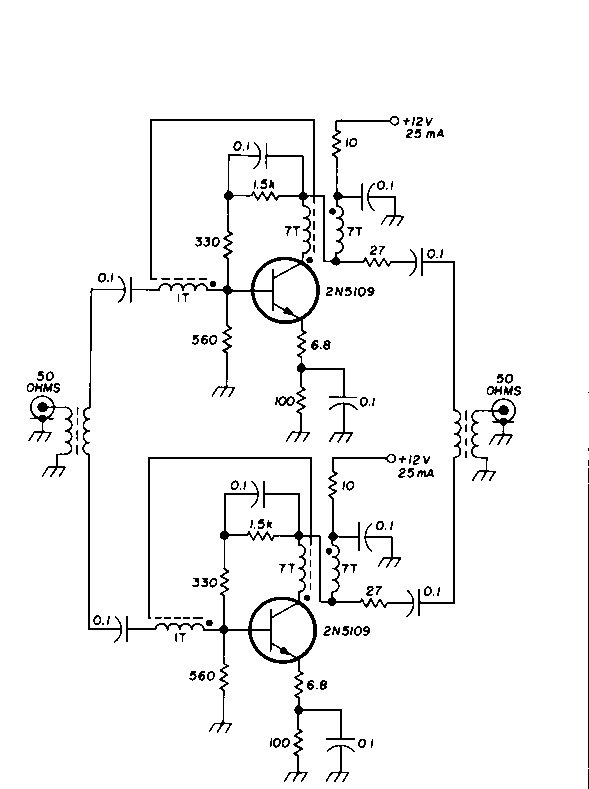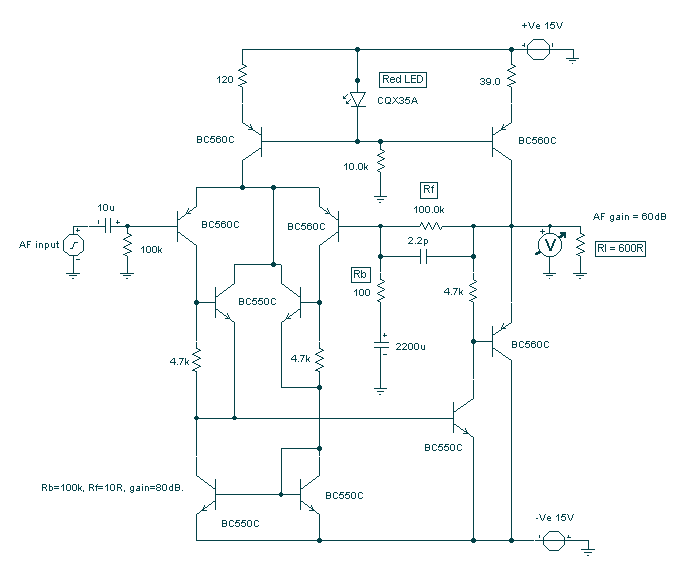
9 Volt 2 Amp Power Supply
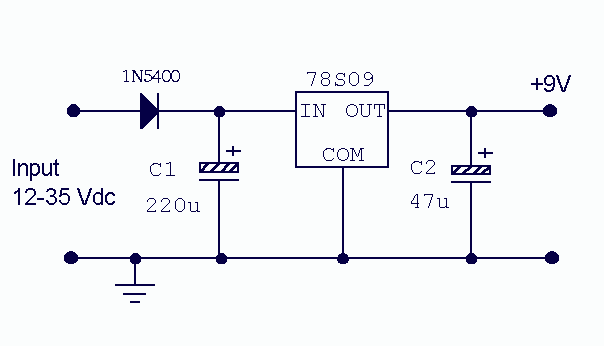
There is little to be said about this circuit. All the work is done by the regulator. The 78S09 can deliver up to 2 amps continuous output whilst maintaining a low noise and very well regulated supply. The circuit will work without the extra components, but for reverse polarity protection a 1N5400 diode is provided at the input, extra smoothing being provided by C1. The output stage includes C2 for extra filtering, if powering a logic circuit than a 100nF capacitor is also desirable to remove any high frequency switching noise.
The described circuit is a linear voltage regulator circuit utilizing the 78S09 voltage regulator, which is specifically designed to convert a higher DC input voltage into a stable 9V output. The 78S09 is capable of supplying a maximum continuous output current of 2 amps, making it suitable for various applications requiring a reliable power source.
At the input of the circuit, a 1N5400 diode is employed to provide reverse polarity protection. This diode is rated for a maximum current of 3 amps and can withstand voltages up to 40 volts, ensuring that the circuit is safeguarded against accidental reverse connections. The use of this diode is critical in preventing damage to the voltage regulator and downstream components.
Capacitor C1 is included at the input to enhance the smoothing of the input voltage. This capacitor helps to filter out any ripples or noise present in the input supply, ensuring that the voltage regulator receives a clean DC voltage. The value of C1 is typically chosen based on the input voltage and the load conditions but is often in the range of several microfarads to tens of microfarads.
The output stage of the circuit includes capacitor C2, which serves as an additional filter to further stabilize the output voltage. This capacitor helps to reduce output noise and improves the transient response of the regulator. For applications involving logic circuits, it is advisable to add a 100nF capacitor in parallel with C2. This capacitor is effective in filtering high-frequency switching noise that may be generated by digital components, ensuring that the logic circuits operate reliably without interference.
Overall, this circuit configuration is straightforward yet effective, providing a well-regulated output voltage suitable for various electronic applications. The inclusion of reverse polarity protection and additional filtering capacitors enhances the robustness and performance of the power supply circuit.There is little to be said about this circuit. All the work is done by the regulator. The 78S09 can deliver up to 2 amps continuous output whilst maintaining a low noise and very well regulated supply. The circuit will work without the extra components, but for reverse polarity protection a 1N5400 diode is provided at the input, extra smoothing being provided by C1.
The output stage includes C2 for extra filtering, if powering a logic circuit than a 100nF capacitor is also desirable to remove any high frequency switching noise. 🔗 External reference
The described circuit is a linear voltage regulator circuit utilizing the 78S09 voltage regulator, which is specifically designed to convert a higher DC input voltage into a stable 9V output. The 78S09 is capable of supplying a maximum continuous output current of 2 amps, making it suitable for various applications requiring a reliable power source.
At the input of the circuit, a 1N5400 diode is employed to provide reverse polarity protection. This diode is rated for a maximum current of 3 amps and can withstand voltages up to 40 volts, ensuring that the circuit is safeguarded against accidental reverse connections. The use of this diode is critical in preventing damage to the voltage regulator and downstream components.
Capacitor C1 is included at the input to enhance the smoothing of the input voltage. This capacitor helps to filter out any ripples or noise present in the input supply, ensuring that the voltage regulator receives a clean DC voltage. The value of C1 is typically chosen based on the input voltage and the load conditions but is often in the range of several microfarads to tens of microfarads.
The output stage of the circuit includes capacitor C2, which serves as an additional filter to further stabilize the output voltage. This capacitor helps to reduce output noise and improves the transient response of the regulator. For applications involving logic circuits, it is advisable to add a 100nF capacitor in parallel with C2. This capacitor is effective in filtering high-frequency switching noise that may be generated by digital components, ensuring that the logic circuits operate reliably without interference.
Overall, this circuit configuration is straightforward yet effective, providing a well-regulated output voltage suitable for various electronic applications. The inclusion of reverse polarity protection and additional filtering capacitors enhances the robustness and performance of the power supply circuit.There is little to be said about this circuit. All the work is done by the regulator. The 78S09 can deliver up to 2 amps continuous output whilst maintaining a low noise and very well regulated supply. The circuit will work without the extra components, but for reverse polarity protection a 1N5400 diode is provided at the input, extra smoothing being provided by C1.
The output stage includes C2 for extra filtering, if powering a logic circuit than a 100nF capacitor is also desirable to remove any high frequency switching noise. 🔗 External reference
